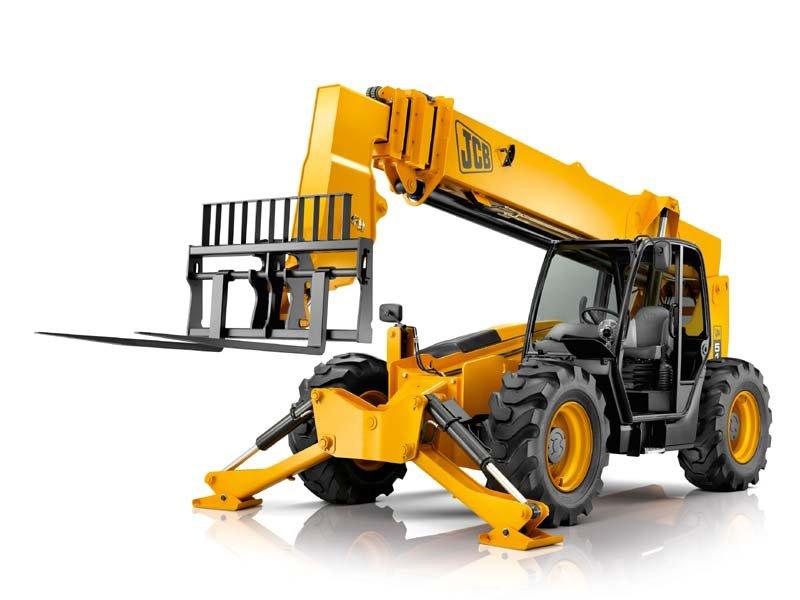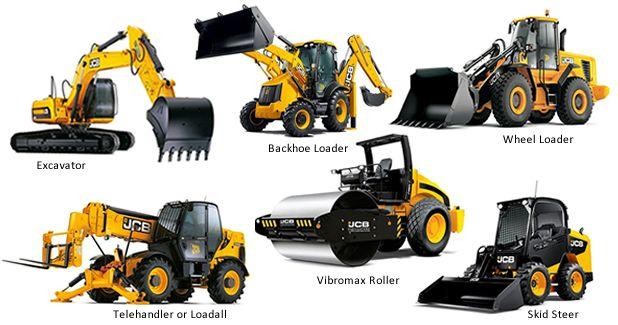Rental Company Near Me: Neighborhood Solutions for Equipment Rentals
Rental Company Near Me: Neighborhood Solutions for Equipment Rentals
Blog Article
Maximize Your Budget Plan by Understanding the Prices Connected With Construction Tools Leasings
Recognizing the complete extent of prices linked with building equipment rentals is important for maximizing your spending plan. What methods can be utilized to successfully handle these prices and ensure a more effective rental experience?
Introduction of Rental Prices
When thinking about construction tools leasings, comprehending the associated prices is extremely important for efficient budgeting and job preparation. Rental expenses can differ significantly based upon numerous factors, including devices kind, period of rental, and area. The preliminary rental fee usually shows the equipment's market demand and its linked operational capabilities, influencing the total expense.
In enhancement to the base rental price, supplementary expenses may occur, such as transport fees, fuel surcharges, and upkeep charges. It is important to account for these extra costs to accurately evaluate the complete expense of renting out equipment. The rental period can impact prices; longer rentals may qualify for discounted prices, while short-term leasings might sustain higher day-to-day charges.

Breakdown of Rental Prices
An extensive understanding of rental prices is vital for service providers and job managers aiming to optimize their spending plans. Rental prices for building devices commonly are composed of numerous parts, including base rates, time-based fees, and use charges.
Base rates are the core charges connected with the service of the equipment, frequently identified by the type and dimension of the equipment. These rates can differ dramatically, affected by elements such as tools demand, schedule, and regional market fads. Time-based charges, which might be daily, weekly, or monthly, serve to suit different job timelines and rental durations.
Additionally, rental rates might consist of use costs, which apply when equipment is used beyond a specified limit, ensuring that the rental business can account for damage. Seasonal demand variations can likewise affect rental prices, with peak construction periods typically regulating greater costs.
Furthermore, recognizing the rental business's policies concerning maintenance and insurance can give further insight right into the total cost framework. By analyzing these parts, contractors can make enlightened decisions, ensuring the choice of rental equipment lines up with both task needs and budget constraints.
Extra Costs to Consider
Comprehending the details of additional charges is important for specialists to handle their general leasing costs efficiently. Past the basic rental rates, numerous supplementary costs can considerably influence the total cost of tools rental. These charges often include shipment and pickup fees, which can differ based upon range and logistics entailed in transporting the equipment to and from the job site.
Furthermore, some rental companies may enforce gas surcharges if the tools is returned with less gas than when leased. It is also track loaders essential to know potential cleaning fees, especially for specific equipment that calls for complete maintenance after use.

Completely assessing the rental agreement and clearing up these additional charges in advance can help contractors make certain and avoid unexpected prices that budget plans stay intact throughout the project lifecycle.
Maintenance and Repair Service Expenses
Normal maintenance and repair expenditures are frequently neglected elements that can considerably influence the total price of building devices rentals. When renting equipment, it is essential to take into consideration not only the rental costs however also the prospective costs connected with maintaining the machinery in optimal operating condition.
Numerous rental companies include fundamental upkeep as part of the rental contract; nonetheless, a lot more unexpected breakdowns or comprehensive repair services can lead to extra expenditures. It's crucial to examine the rental agreement thoroughly to recognize what maintenance services view it now are covered and what obligations fall on the renter.
Moreover, devices that is not properly maintained can cause inadequacies on duty website, potentially raising and causing delays task expenses. To minimize these dangers, it is suggested to conduct routine assessments and preserve open communication with the rental company pertaining to any kind of issues that occur throughout usage.
Insurance Coverage and Obligation Costs
Insurance coverage and obligation costs are important components that can significantly affect the general expenditure of building and construction tools services (boom lift rental). These prices make sure that both the rental business and the customer are shielded from possible financial losses arising from mishaps, damages, or burglary throughout the rental period

Additionally, customers ought to be mindful of any kind of deductibles or exemptions in the insurance coverage, as these can affect potential out-of-pocket expenses. Recognizing the terms and problems of any type of insurance protection is essential to stay clear of unanticipated costs. Eventually, budgeting for insurance policy and liability expenditures can help ensure a smoother rental experience and protect versus monetary risks connected with construction projects.
Final Thought
In conclusion, a detailed understanding of the prices linked with building and construction devices leasings is necessary for effective spending plan monitoring. Inevitably, educated decision-making relating to equipment rentals contributes to the general success of building endeavors.
Rental expenses can vary dramatically based on numerous factors, consisting of tools type, duration of service, and place (forklift rental). The rental period can impact prices; longer rentals may certify for reduced rates, while temporary services might sustain greater day-to-day costs
By conducting extensive study and involving with reliable rental companies, contractors can properly navigate the intricacies of rental prices, inevitably optimizing their monetary resources.
Past the conventional rental rates, numerous supplemental charges useful link can significantly affect the complete price of tools leasing. Rental firms often supply responsibility insurance that covers injuries to 3rd parties or damage to building, while tools damages insurance policy can cover the price of fixings or substitute if the rented devices is harmed.
Report this page